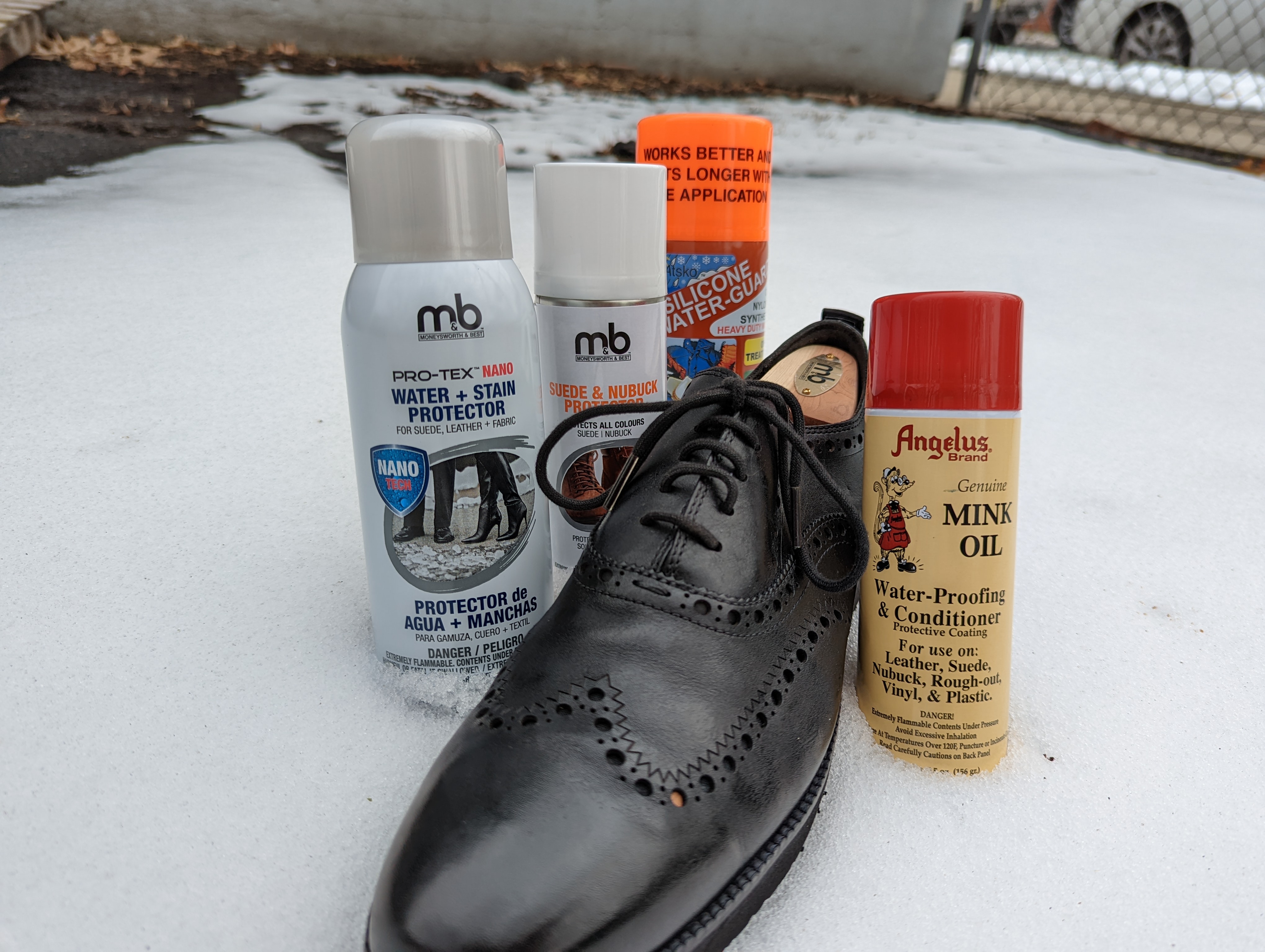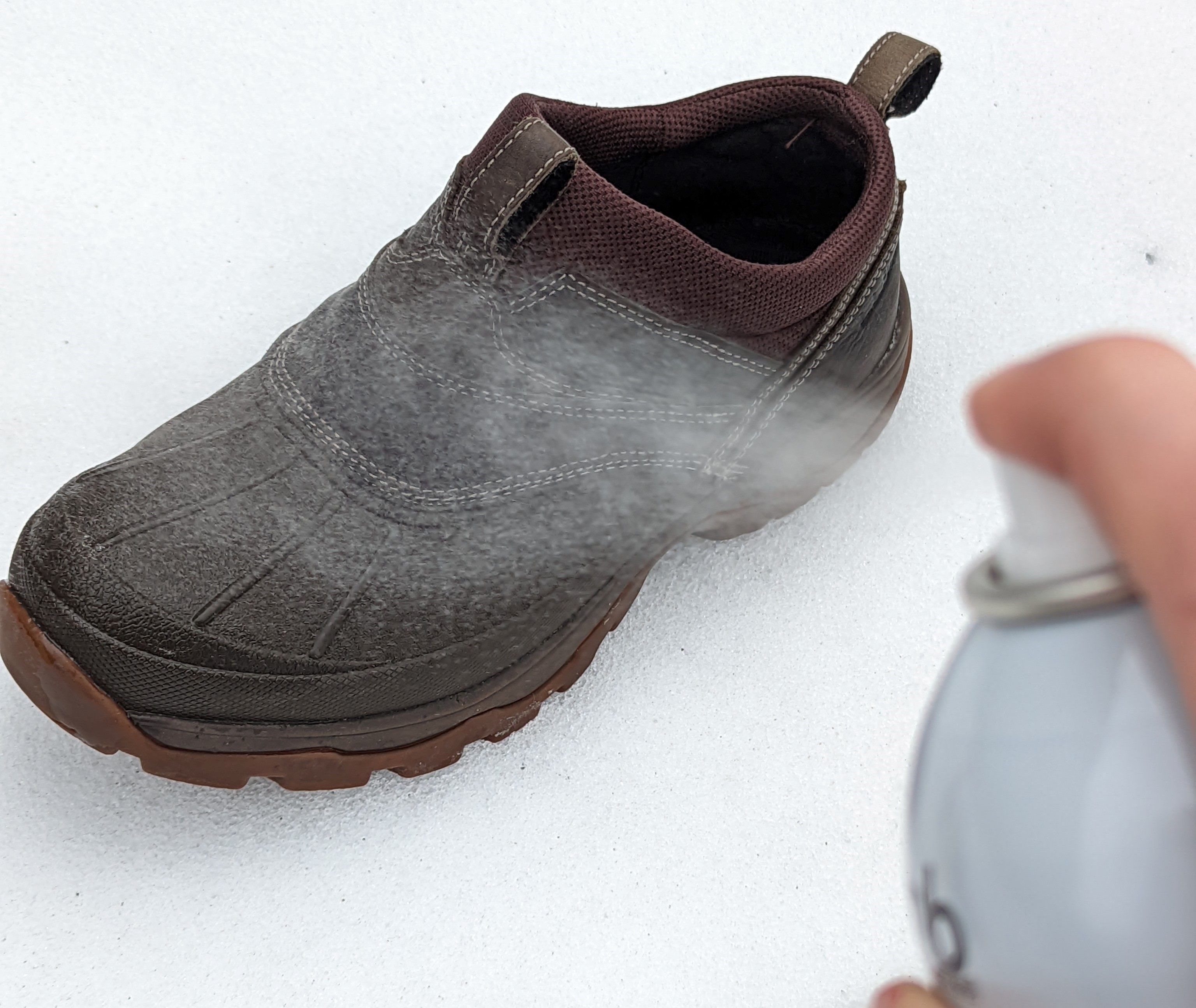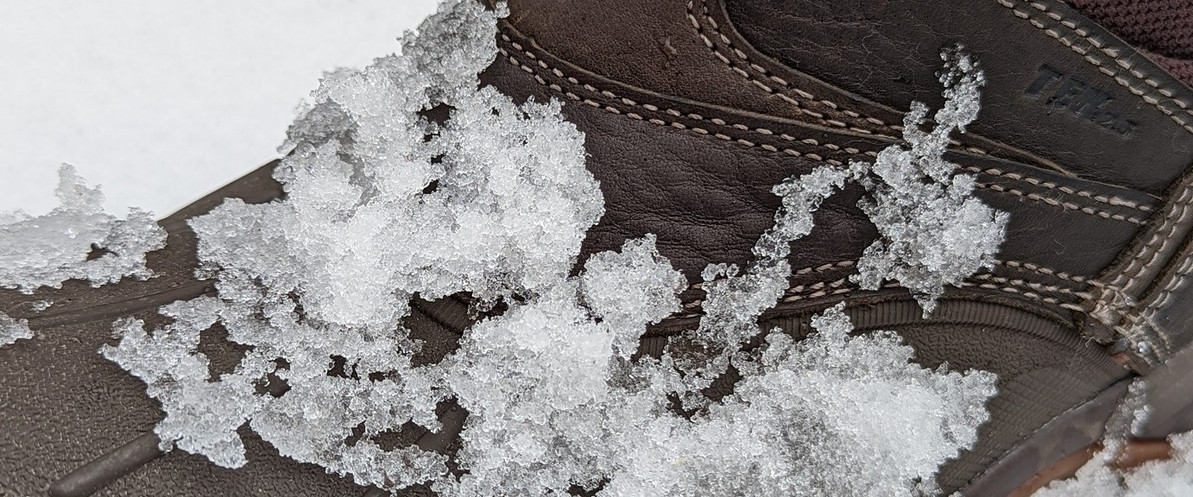How to Effectively Winterize Your Footwear
Winter weather can play havoc with your shoes, but making sure they stay in good condition is just a matter of a little bit of time, and a few great products.

There are a number of options for winterizing shoes. Depending on the type of shoe, what it’s made of, and how it’s constructed, different products can produce different results. There are also a variety of options in terms of how much time you can spend and what results you want.
Here is a quick rundown based on the type of shoe, what products make sense, how much work is needed to apply and use the products, and how each will affect your shoes. (Do keep in mind that once products are applied, to have continual protection you may need to reapply after several weeks so that protection will last even after time and usage.)
Leather
Most spray-on water protectors will work for leather shoes. (Though ones marked specifically for suede or nubuck will not be as effective.) Silicone-based products work well on most modern leather shoes, especially those with soles put on with nails. Shoes with glued-on soles may experience problems as the silicone will slowly dissolve the glue. Silicone will also slightly darken light-colored leather.
To avoid this issue entirely, choose from a number of products available that do not have any silicone in them and work just as effectively, such as Aquatec, Pro-Tex, and Nano Protector.

Suede
Suede requires a different type of product for water protection, and manufacturers now offer many products specifically designed to be used on suede. They include Moneysworth and Best’s Suede and Nubuck Protector among other items.
Sheepskin
Sheepskin is a very delicate material and call for a specialty formulated product to achieve water protection properly. Before you use one, it’s important to clean the shoe first so the spray will adhere correctly. After the first coat of water protector is applied, allow the shoe to dry completely. Sometimes second coats are necessary to keep the protection at a maximum over the course of time.
Sneakers
Protecting sneakers from snow, rain, and slush can be tricky if there are holes in the top or sides of the shoe that allow the shoe to breathe. Certain sprays can provide a fair amount of protection for a time, applying multiple times so that a layer builds up inside the holes. (Eventually though, those holes will continue to do their job, allowing the shoe to breathe.) This is why many athletes have one pair of (non-breathable) sneakers for wet weather. A good product for sneakers with vents is Nano Protector. And, if your sneakers don’t have venting holes, then you can use any standard shoe waterproofing product, like Atsko Silicone Water-Guard.
Other Materials or Items
Many modern shoes, especially more casual ones, are made with other materials besides leather or suede. These include canvas, synthetics, and PU materials. You might also want to apply water protection products to other outdoor use items in your wardrobe, such as handbags, raincoats, briefcases, or tents.
Most easy-to-apply water protection sprays will be effective. More long-lasting results can be achieved with permanent products, providing strong protection over a long period of time; these often do require heat for activation.
Recent Posts
-
How to Properly Clean and Maintain Suede Shoes
How to Properly Clean and Maintain Suede ShoesSuede shoes have alw …Nov 16, 2023 -
Expert Tips for Restoring Vintage Shoes to Their Former Glory
Expert Tips for Restoring Vintage Shoes to Their Former GloryVinta …Nov 09, 2023 -
The Essential Guide to Waterproofing Your Shoes: Tips and Tricks
The Essential Guide to Waterproofing Your Shoes: Tips and TricksWh …Nov 06, 2023

